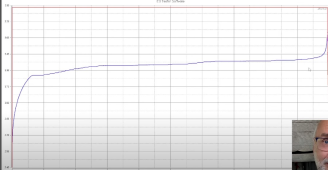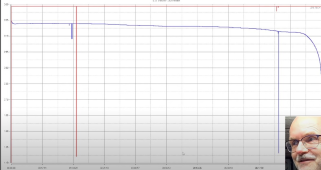I have a 24v 230ah main battery bank and a separate 24v 100ah auxillary battery, both LiFePo4 with BMS protection. I will be using the auxiliary battery to charge up somewhere else, then bring it back to charge the main battery. I would like to use a DC to DC charger for a better efficiency charging since power conservation is important, and at the same time be cost efficient.
Does anyone know of an affordable 24v DC to DC charger? It doesn't have tobe fast, so 10 amps is fine.
Does anyone know of an affordable 24v DC to DC charger? It doesn't have tobe fast, so 10 amps is fine.




